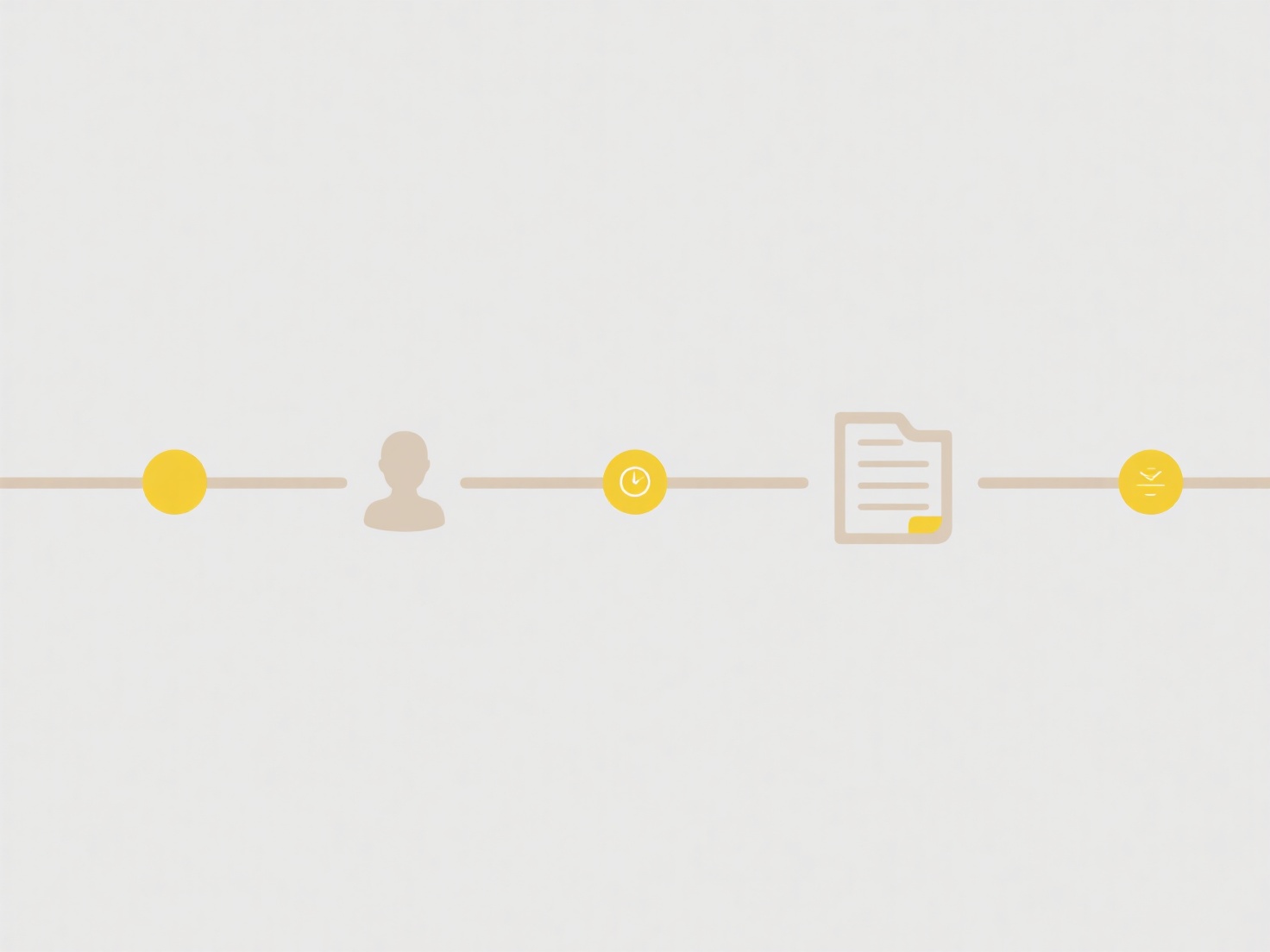
Deduplication across shared cloud accounts involves identifying and eliminating duplicate data stored in separate but related accounts within an organization's cloud environment. Cloud services naturally isolate account data; deduplication transcends this boundary by comparing data objects (like files or storage blocks) across accounts using specific patterns or identifiers. This is distinct from deduplication within a single account, which operates independently without external visibility.

For example, a multinational company could use AWS DataSync with cross-account permissions to discover and deduplicate identical financial reports stored independently in regional AWS accounts. Similarly, a media company might implement Azure Blob inventory scans across linked subscriptions to remove redundant copies of large video assets shared by different production teams, utilizing access policies for secure comparison.
This approach optimizes storage costs and reduces backup times significantly. Key challenges include configuring secure permissions across accounts, potential data transfer costs, and ensuring deduplication tools have necessary visibility without excessive privileges. Future cloud capabilities may simplify cross-account data management workflows but strict governance remains critical to maintain security boundaries.
Can I deduplicate across shared cloud accounts?
Deduplication across shared cloud accounts involves identifying and eliminating duplicate data stored in separate but related accounts within an organization's cloud environment. Cloud services naturally isolate account data; deduplication transcends this boundary by comparing data objects (like files or storage blocks) across accounts using specific patterns or identifiers. This is distinct from deduplication within a single account, which operates independently without external visibility.

For example, a multinational company could use AWS DataSync with cross-account permissions to discover and deduplicate identical financial reports stored independently in regional AWS accounts. Similarly, a media company might implement Azure Blob inventory scans across linked subscriptions to remove redundant copies of large video assets shared by different production teams, utilizing access policies for secure comparison.
This approach optimizes storage costs and reduces backup times significantly. Key challenges include configuring secure permissions across accounts, potential data transfer costs, and ensuring deduplication tools have necessary visibility without excessive privileges. Future cloud capabilities may simplify cross-account data management workflows but strict governance remains critical to maintain security boundaries.
Quick Article Links
Can I exclude certain folders from search results?
Folder exclusion allows users to omit specific directories from search results within a file explorer, development envir...
How do I separate WIP (Work in Progress) files from finalized ones?
Work In Progress (WIP) files represent ongoing, incomplete work, such as drafts, unfinished designs, or uncorrected docu...
Can I export search results to a spreadsheet?
Yes, many search platforms allow exporting results directly to spreadsheet formats like CSV or Excel for offline analysi...